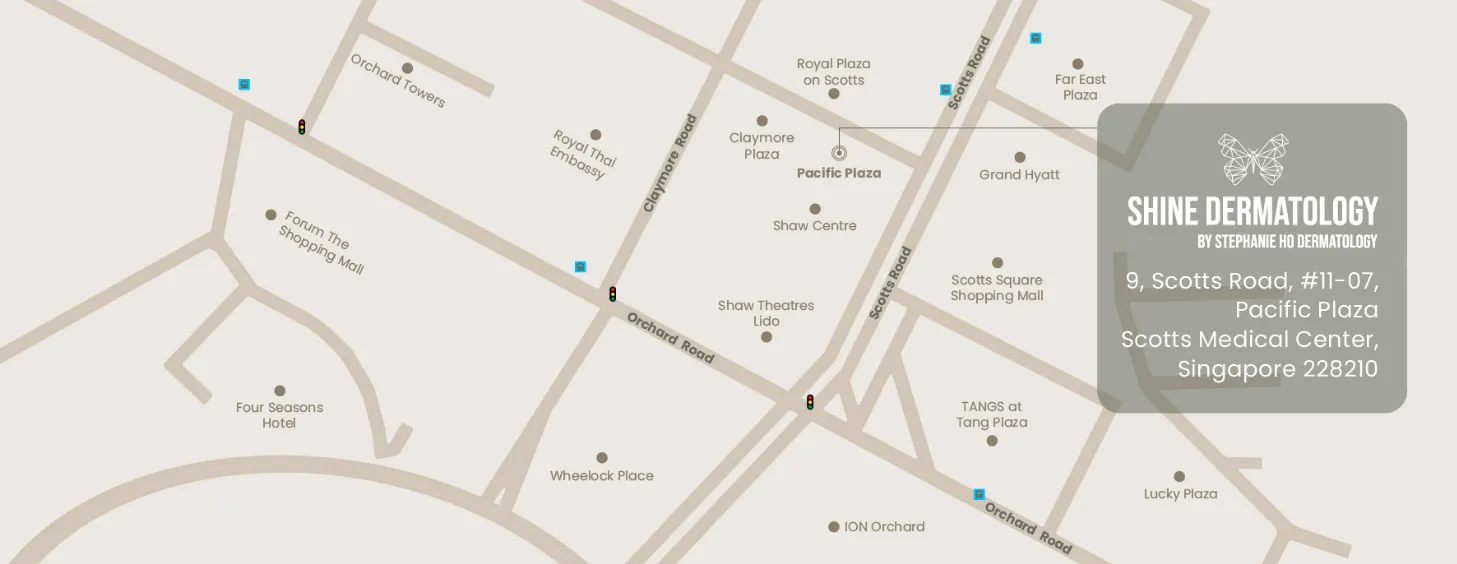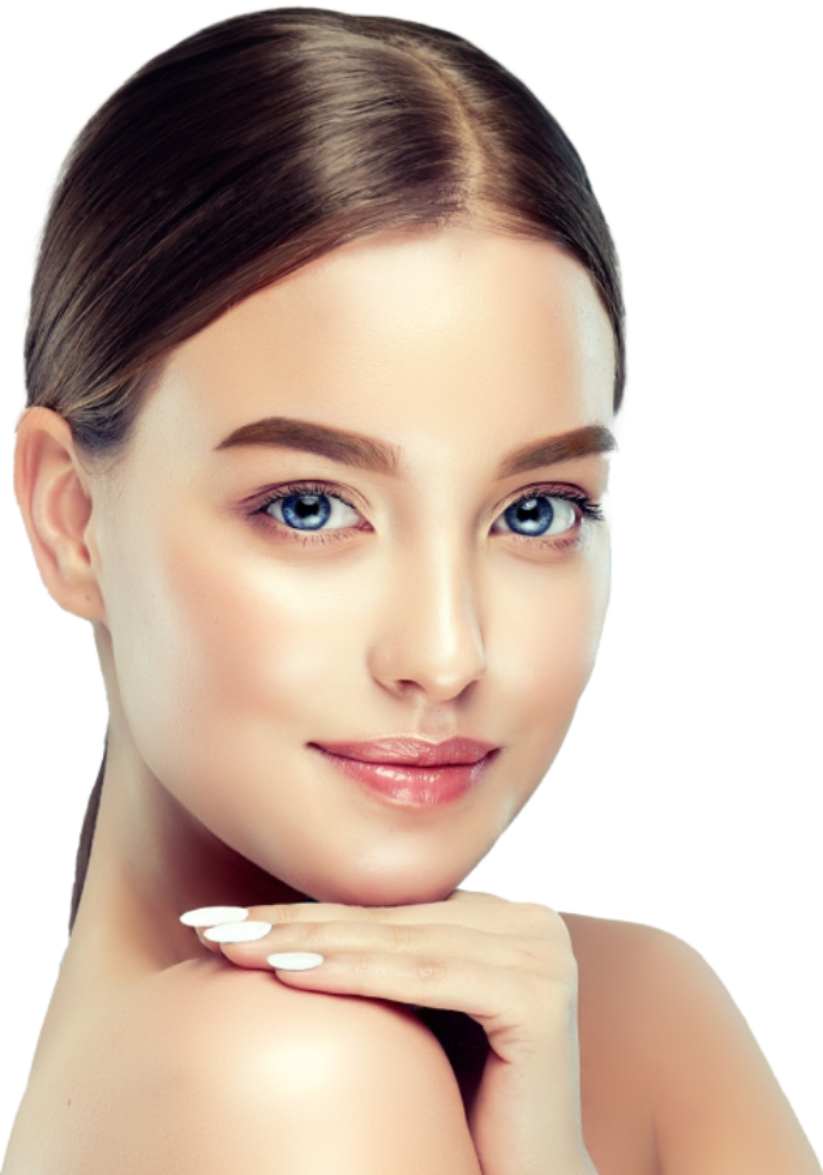
What Can Lasers Do For You?
Shine Dermatology is helmed by experienced and committed dermatologists with years of medical experiences in London and Singapore.
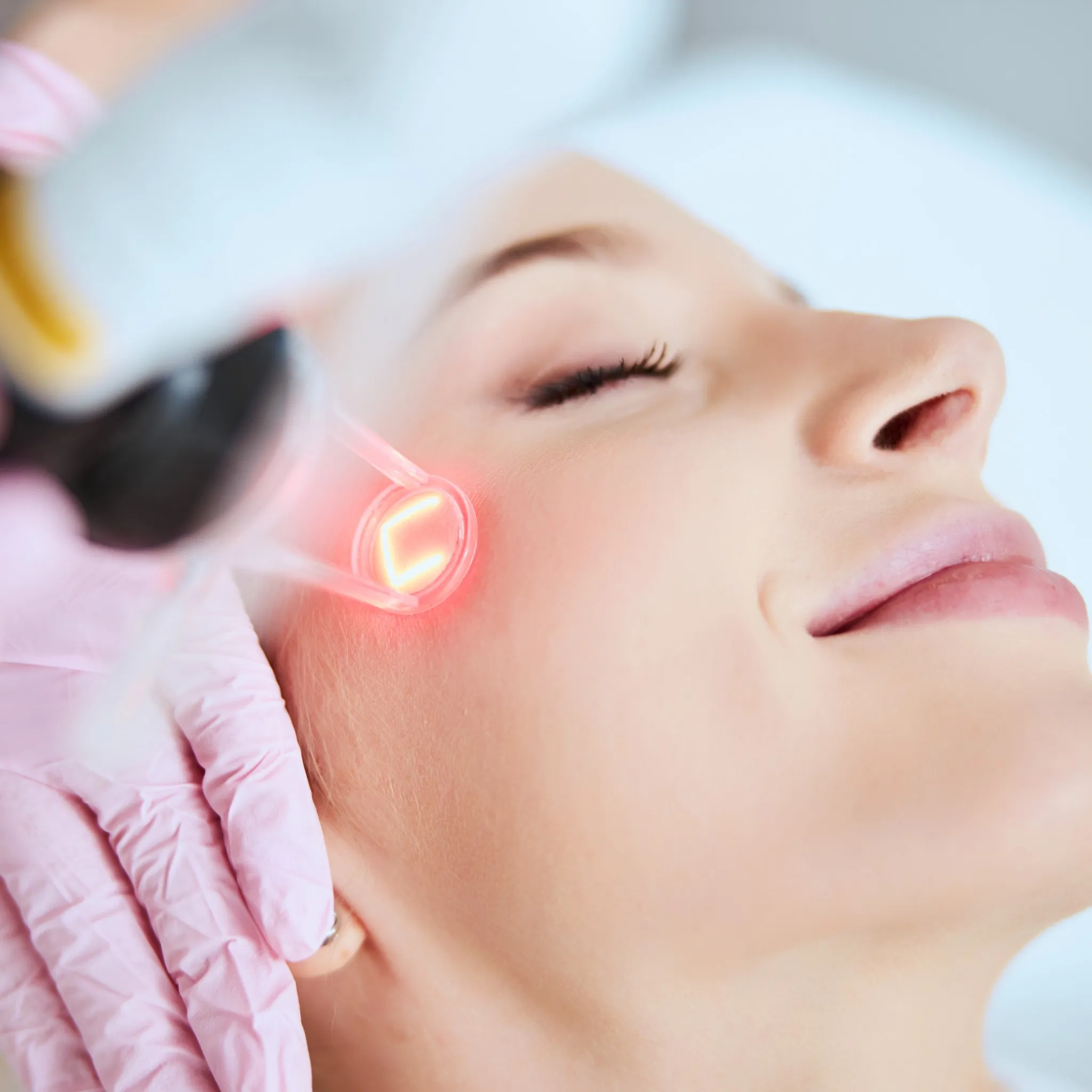
Lasers & Cosmetic Dermatology
Lasers have revolutionised what we can do for the aging face. With our comprehensive, top of the range devices, we have many options to lighten brown spots, treat red faces, remove unwanted hair and smoothen out fine wrinkles, all in the utmost privacy and comfort of our clinic.
How Do Lasers Work?
A laser is a focused beam of light that is capable of targeting a problem area on the skin (e.g. brown spot or unwanted hair follicle) and destroying just the specific pigment or tissue while sparing the skin around it.
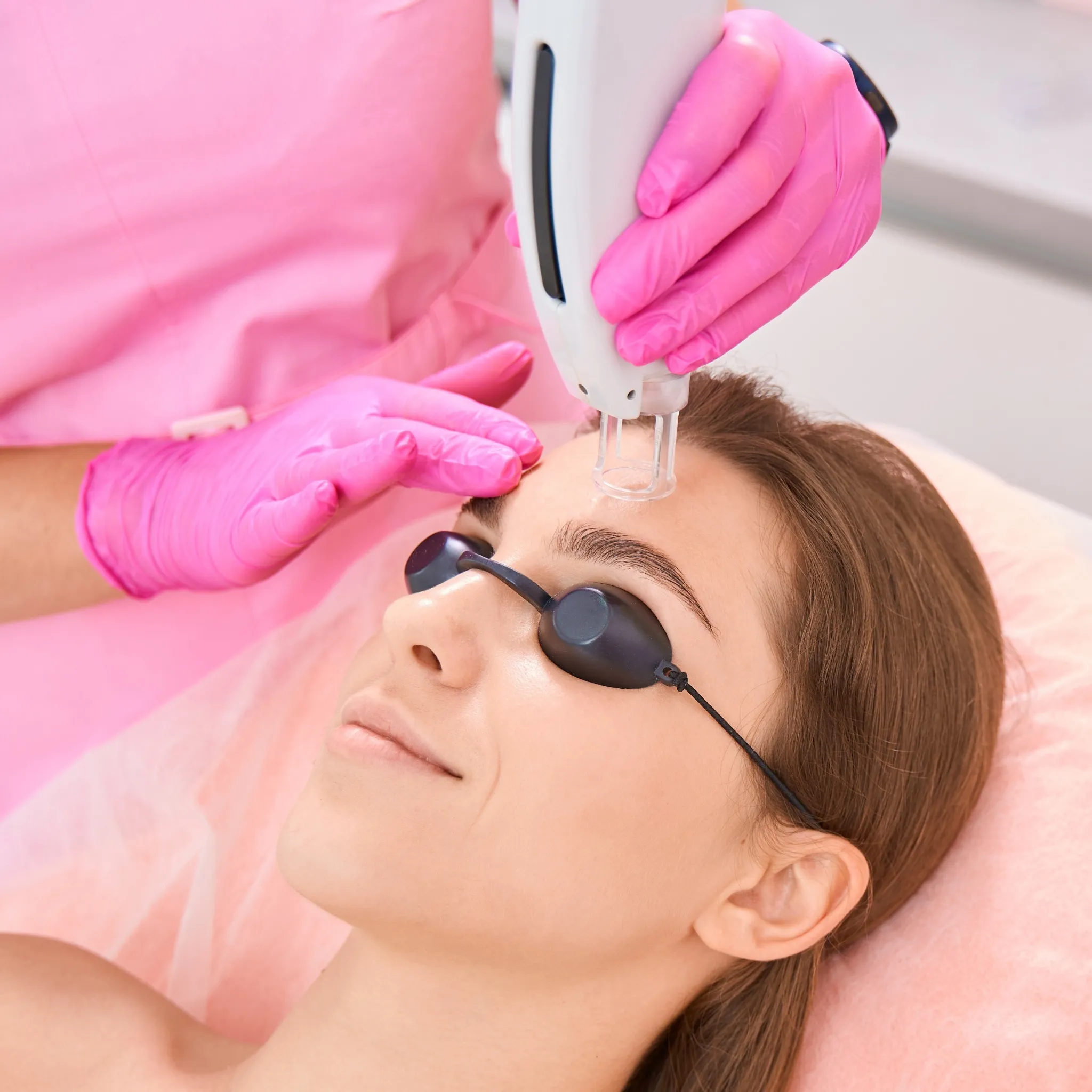
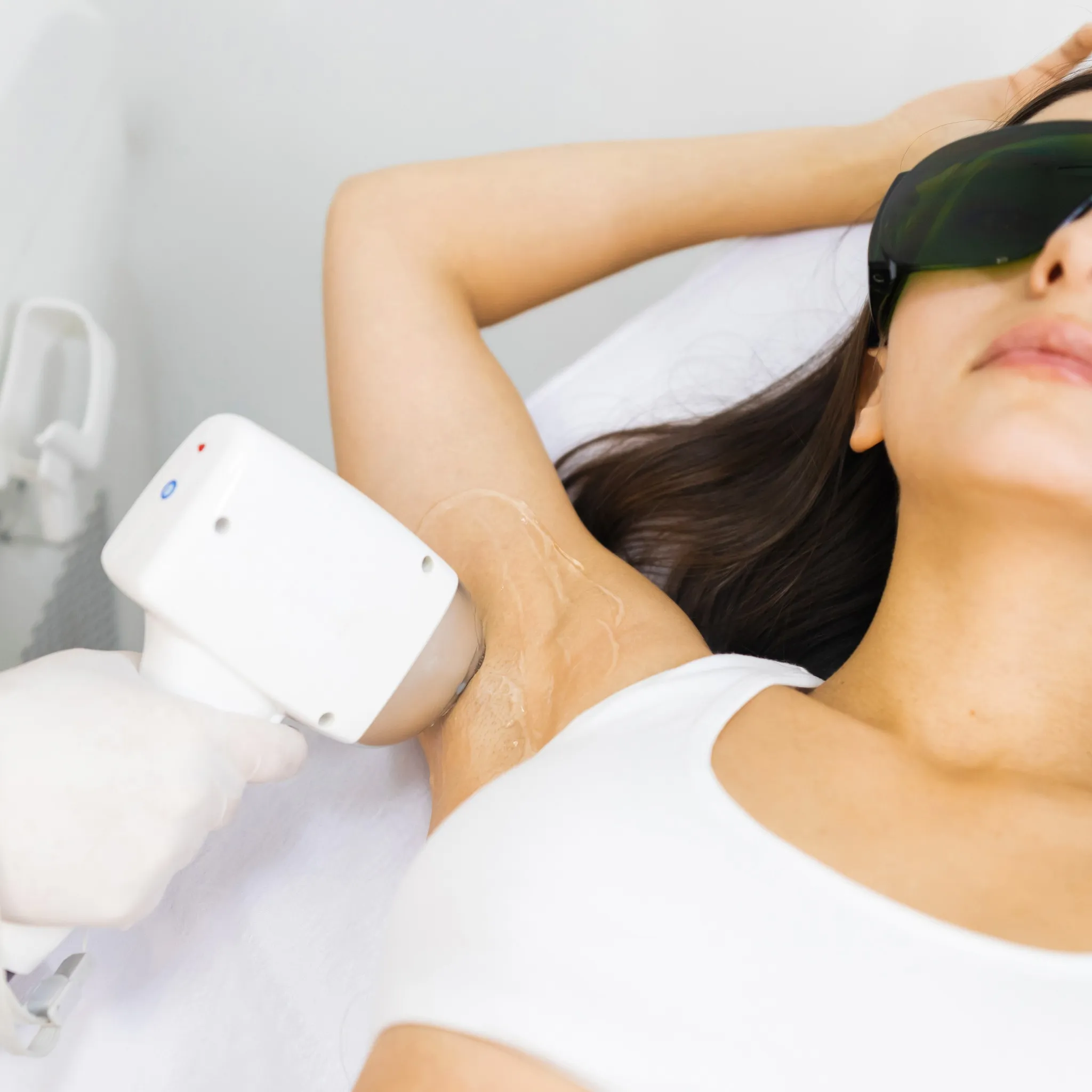
Which Lasers Should I Use?
Your dermatologist will find out what your problem areas are and examine your skin carefully before recommending the best treatment for you. We strive to go beyond a “one size fits all” treatment. We are also highly focused on the delivery of good results with minimal downtime. Different lasers are used for different purposes, and we specialise in combining lasers with each other or other modalities for optimal results:
- Pigment lasers
- Hair removal lasers
- Vascular lasers
- Lasers for mole removal
- Acne scar lasers
- Lasers for birthmarks (Naevus of Ota, Port Wine Stains)
- Combination lasers for rejuvenation (Superstar Treatment)
Pigment lasers can be very effective for brown spots such as freckles or sun spots. We use pigment lasers that deliver excellent results and yet have a low risk of post laser pigmentation. We can help you choose the pigment laser that best suit your needs. If your busy schedule does not allow for any post laser downtime, we use our gentlest pigment laser that can gradually lighten your pigmentation over several sessions and yet allow you to pop straight to lunch after treatment. If you prefer a more aggressive treatment over fewer sessions, we can adopt a faster approach which entails some downtime.
We utilize a fast and powerful hair removal laser to remove unwanted hair from all skin types effectively and safely. This provides an attractive long-term solution to unwanted hair on the face, body or genitalia for both men and women, making regular shaving or waxing a thing of the past. A course of 6-8 treatments at 4-6 weekly intervals will reduce the number, size and density of hairs, leaving your skin feeling smooth, soft and free from both unsightly and painful ingrown hairs.
Redness on the skin e.g. rosacea, facial veins, leg veins, acne marks and red scars can be improved using our advanced FDA approved pulsed-dye laser to target red vessels under the skin. Red birthmarks such as port wine stains and haemangiomas can also be effectively and safely treated using this excellent vascular laser. In addition, it is also highly useful
All moles should first be examined by a trained dermatologist to ensure they are harmless before any laser treatment is carried out. Lasers should not be used to treat any suspicious or changing moles. Lasers can be used to remove harmless moles for cosmetic reasons. Our pigment laser can be used to remove small flat moles successfully without scarring in the large majority of patients. Most flat moles will require 1-2 treatments. This can be done under local anaesthesia in a simple, quick procedure. Raised moles can also be removed using two different lasers. A CO2 laser is first used to flatten the mole, followed by a pigment laser to remove any brown pigmentation. It usually requires 1-2 treatments and a slight depressed scar can sometimes remain.
Once active acne is controlled, you can embark on a course of acne scar laser treatments to improve the appearance of scars. We use an advanced fractional laser system that creates columns of controlled laser injury into the deeper layers of the skin, stimulating the production of new collagen to plump up and smoothen the skin, reducing the appearance of acne scars. A course of four treatments, at 4-6 weekly intervals, can improve the appearance of acne scars. Our gentle laser aims for minimal downtime with maximal effects. Most patients experience mild redness and micro-crusting for 5-7 days. Some patients can appear tanned for several weeks. As an added bonus, texture, pore size, pigmentation, fine lines and other signs of photoaging will gradually improve, revealing smoother and fresher looking skin.
Some birthmarks respond particularly well to laser, especially Naevus of Ota and Port Wine Stains. The Picosecond and Q-switched lasers have both been effectively used for the treatment of Naevus of Ota. Studies have supported the treatment of such birthmarks at an early age, to reduce the number of treatments required and to shorten the duration of treatment. There is a small risk of recurrence after a good result has been obtained. Sometimes hyper or hypopigmentation post laser may occur at the treated areas. There is a small chance of recurrence. Port Wine Stains can be effectively treated using the pulsed-dye laser. In these cases, early treatment is also recommended for a faster and more positive outcome.
Very often, our patients favour a complete rejuvenation of the entire face. We are experts at combining lasers to improve texture, pore size, fine lines and pigmentation, all in the same session, giving you the superstar treatment. Over the course of six treatments, 4-6 weeks apart, we use a variety of lasers to bring out the best of your skin each and every time, giving you our SuperStar Treatment.
Tips To Prepare For Your Laser Treatment
- Minimise any sun exposure before or after any laser treatment
- Prepare your skin by using lightening creams
- Set the right expectations - Your trained and experienced dermatologist will have an honest discussion with you about the different laser treatments, the predicted outcomes, the estimated number of treatments required, and the possible downtime or complications. Your dermatologist, using reliable and high-grade lasers, will perform all laser procedures, aiming for optimal results with the lowest possible risk.
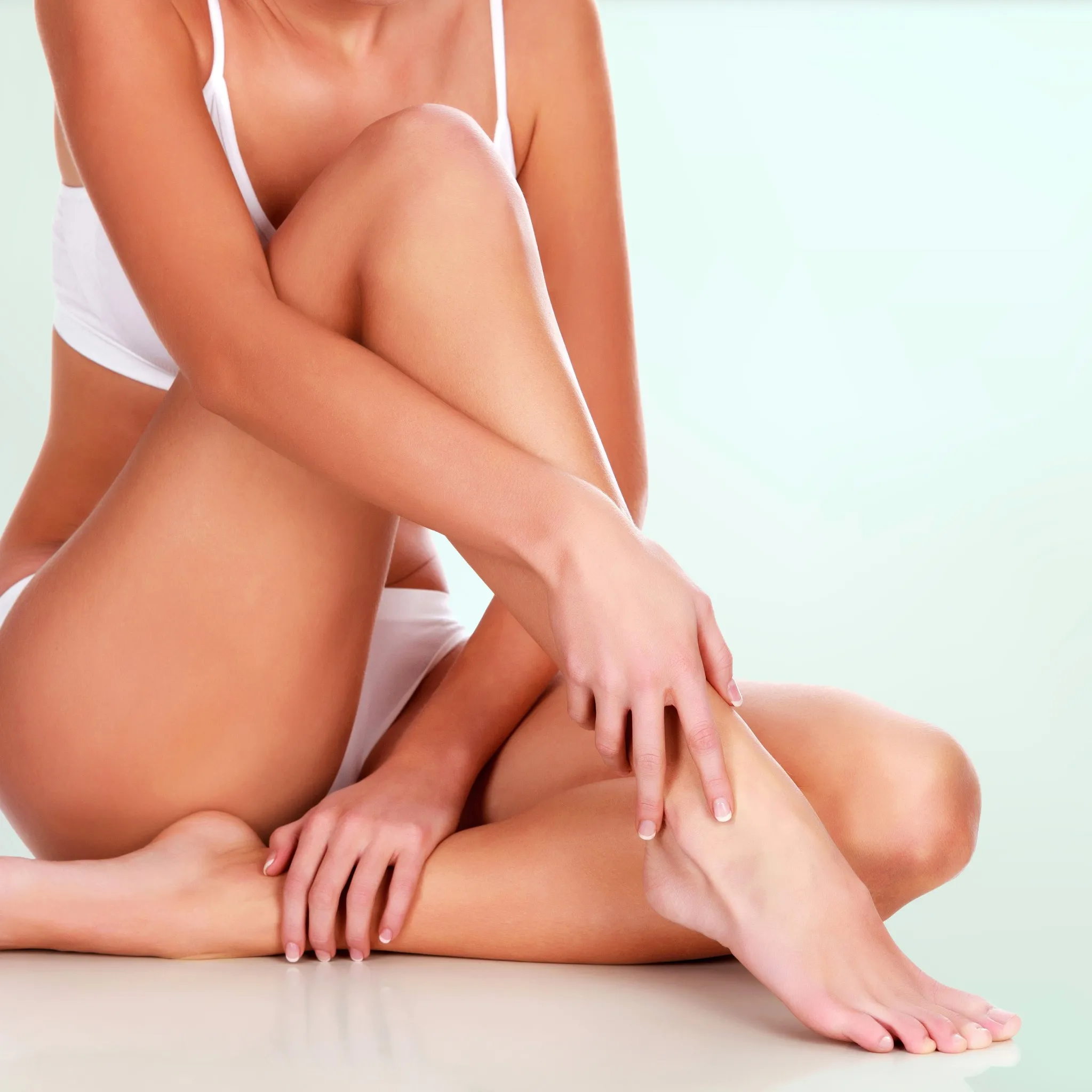
Scientific Publications Related To Lasers
With a deep interest in the use of lasers for the management of skin pigmentation, skin rejuvenation, acne scarring and tattoo removal, we have had several collaborative studies with eminent Hong Kong and Singapore dermatologists and the publication of several scientific articles and book chapters.
- Ho SG, Chan HH. The Asian dermatologic patient: review of common pigmentary disorders and cutaneous diseases. American Journal of Clinical Dermatology 2009; 10(3): 153- 68
- Chan NP, Ho SG, Shek SY, Yeung CK, Chan HH. A case series of facial depigmentation associated with low fluence Q- switched 1064 nm Nd:YAG laser for skin rejuvenation and melasma. Lasers Surg Med 2010 Oct; 42(8): 712-9
- Chan NP, Ho SG, Yeung CK, Shek SY, Chan HH. Fractional ablative carbon dioxide laser resurfacing for skin rejuvenation and acne scars in Asians. Lasers Surg Med 2010 Nov; 42(9): 615-23
- Chan NP, Ho SG, Yeung CK, Shek SY, Chan HH. The use of non- ablative fractional resurfacing in Asian acne scar patients. Lasers Surg Med 2010 Dec; 42(10): 870-5
- Ho SG, Yeung CK, Chan NP, Shek SY, Kono T, Chan HH. A retrospective analysis of the management of acne post-inflammatory hyperpigmentation using topical treatment, laser treatment or combination topical and laser treatments in Oriental patients. Lasers in Surgery and Medicine 2011 Jan; 43(1): 1-7
- Ho SG, Yeung CK, Chan, NP, Shek SY, Chan HH. A comparison of Q-switched and long-pulsed alexandrite laser for the treatment of freckles and lentigines in Oriental patients. Lasers in Surgery and Medicine 2011 Feb; 43(2): 108-113
- Ho SG, Chan NP, Yeung CK, Shek SY, Kono T, Chan HH. A retrospective analysis of the management of freckles and lentigines using four different pigment lasers on Asian skin. J Cosmet Laser Ther. 2012 Apr; 14(2): 74-80
- Ho SG, Yeung CK, Chan NP, Shek SY, Chan HH. A retrospective study of the management of Chinese melasma patients using a 1927 nm fractional thulium fiber laser. Journal of Cosmetic and Laser Therapy, 2013 Aug; 15(4):200-6
- Ho SG, Goh CL. Laser tattoo removal: A clinical update. Journal of cutaneous and aesthetic surgery, 2015; 8(1): 9-15
- Chan HHL, Ho SGY. 2008. Special Considerations in Asian/Far Eastern Skin. In: Alam M, Bhatia AC, Kundu RV, Yoo SS, Chan HHL, eds. Cosmetic Dermatology for Skin of Color, 1st edition, Chapter 21. United States: McGraw-Hill
- Ho SGY, Chan HHL. 2013. Laser treatment of ethnic skin. In: Hruza GJ, Avram MM, Dover JS, Alam M, eds. Procedures in Cosmetic Dermatology: Lasers and Lights, 3rd edition, Chapter 10. United States: Elsevier
- Goh CL, Ho SGY. 2016. Lasers for Tattoo Removal. In: Lahiri K, De A, Sarda A, eds. Textbook of Lasers in Dermatology, 1 st edition, Chapter 17. India: Jaypee Brothers Medical Publishers
- Chan HHL, Ho SGY. 2017. Laser treatment of ethnic skin. In: Hruza GJ, Tanzi EL, Dover JS, Alam M, eds. Procedures in Cosmetic Dermatology: Lasers and Lights, 4th edition, Chapter 10. United States: Elsevier
As seen on

